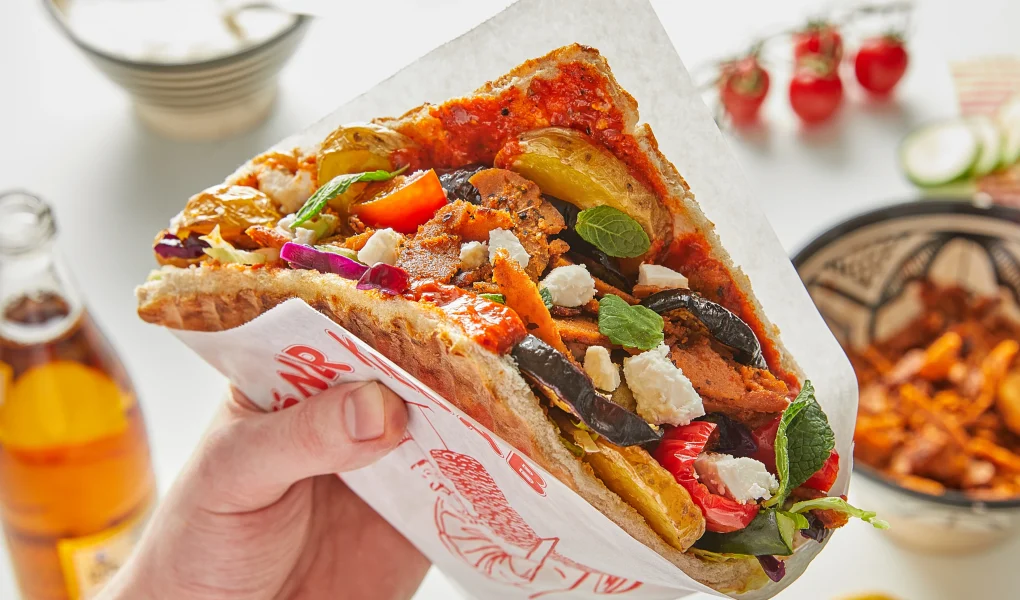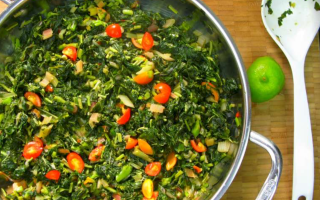lareddepathways.com – Döner kebab, a hallmark of Turkish culinary tradition, is a dish that has captivated taste buds around the world. Known for its succulent, thinly sliced meat cooked on a vertical rotisserie, döner kebab is a versatile meal that can be enjoyed in various forms, whether wrapped in flatbread or served on a plate. This article explores the rich history, preparation, and global appeal of döner kebab, shedding light on why it has become a beloved street food staple.
The Origins of Döner Kebab
The history of döner kebab dates back to the 19th century in the Ottoman Empire. It is believed to have been invented in Bursa, Turkey, by a chef named İskender Efendi. The word “döner” comes from the Turkish verb “dönmek,” meaning “to turn,” which aptly describes the cooking method. Over time, döner kebab has evolved, making its mark not only in Turkey but also across Europe and beyond, becoming a favorite among street food enthusiasts.
The Art of Preparing Döner Kebab
The preparation of döner kebab is an art form that requires skill and precision. The process begins with marinating slices of meat, typically lamb, beef, or chicken, in a flavorful blend of spices, yogurt, and herbs. The marinated meat is then stacked onto a large skewer and cooked on a vertical rotisserie. As the meat rotates slowly, it is cooked evenly, developing a crispy, caramelized exterior while remaining juicy and tender inside.
Serving Döner Kebab
Döner kebab is celebrated for its versatility in serving options. One of the most popular ways to enjoy döner is in a wrap, where the sliced meat is placed inside flatbread such as lavash or pita, along with fresh vegetables, pickles, and sauces like tahini or garlic yogurt. Alternatively, döner can be served on a plate, accompanied by rice or fries and a side of salad, creating a hearty and satisfying meal.
Global Influence and Adaptations
The global popularity of döner kebab has led to numerous adaptations and variations. In Germany, the döner has become a cultural phenomenon, often served with a variety of sauces and toppings. In the Middle East, similar dishes like shawarma share roots with döner kebab, highlighting the interconnectedness of regional cuisines. Each variation brings its own unique twist to the classic döner, reflecting local tastes and ingredients.
A Cultural Staple
Döner kebab is more than just a meal; it represents a cultural staple that bridges communities and traditions. It is a symbol of culinary innovation, showcasing how a simple cooking technique can create a dish that resonates with people from diverse backgrounds. Whether enjoyed as a quick lunch or a late-night snack, döner kebab offers a delicious and satisfying experience that continues to charm food lovers worldwide.
In conclusion, döner kebab is a true icon of Turkish cuisine, embodying a rich history and a dynamic presence in the global food scene. Its irresistible flavors and adaptability have ensured its place as a beloved dish, inviting everyone to savor its delights.




